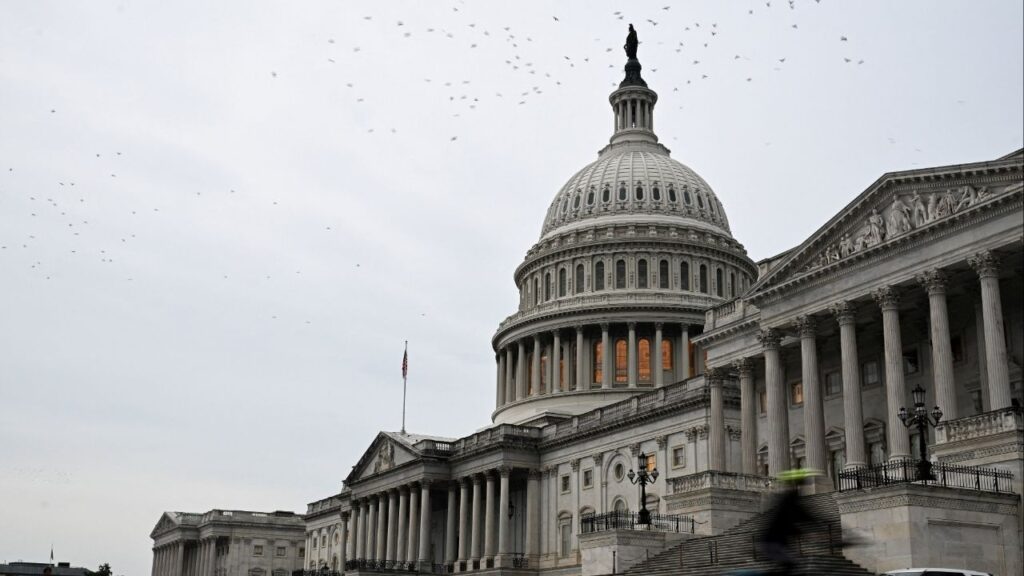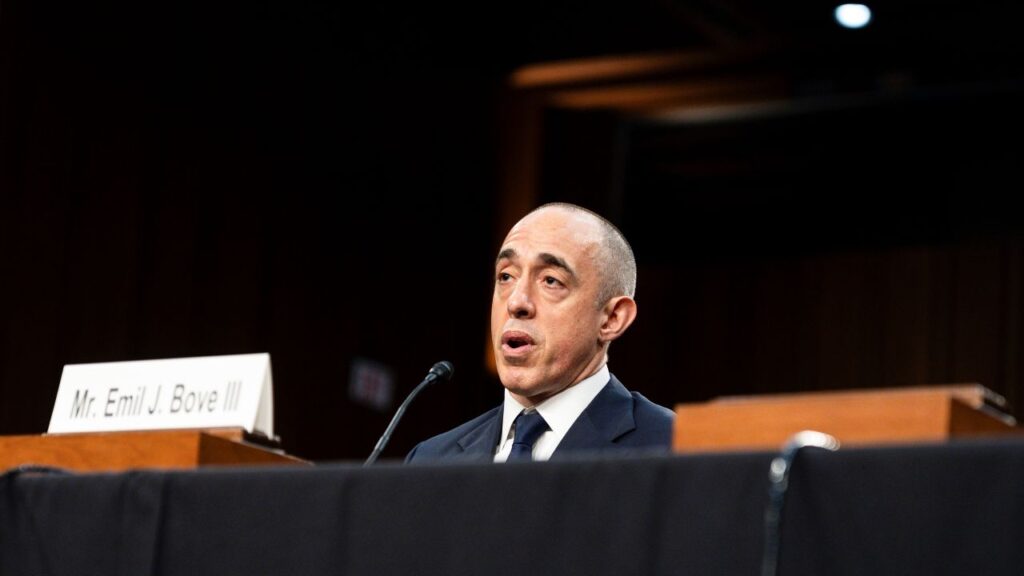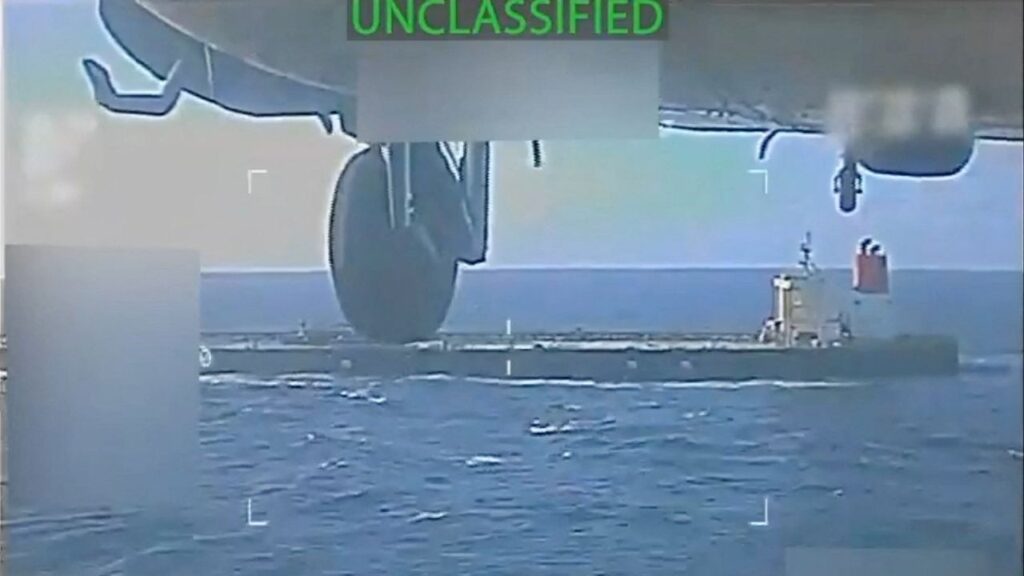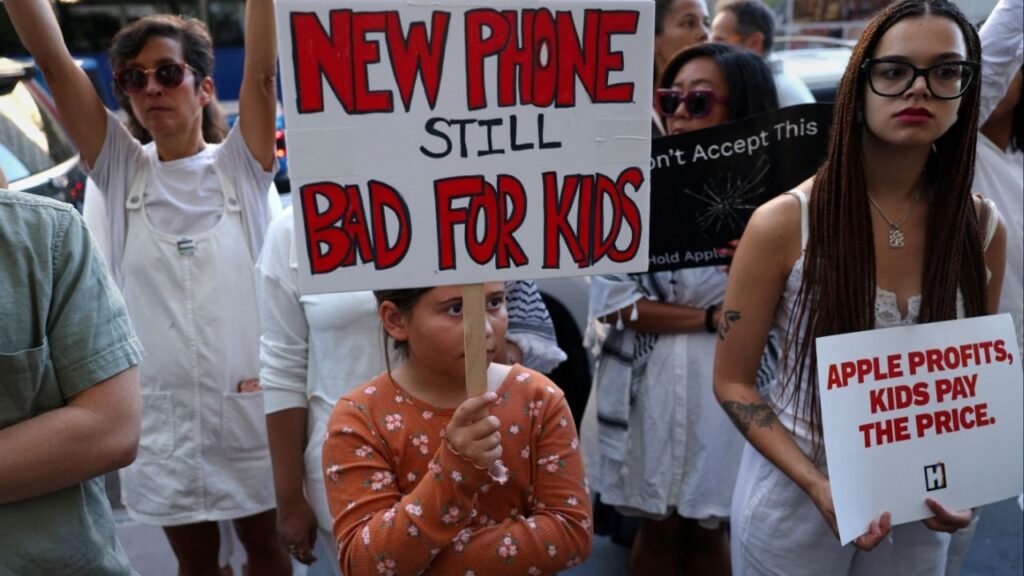Ukraine's bold incursion into Russia's Kursk region exposes vulnerabilities and shifts the war's dynamics, challenging Putin's narrative. (AP/Gavriil Grigorov)

- Ukrainian forces push up to 30 kilometers into Russian territory, controlling an area of about 400 square kilometers.
- Russia struggles to respond, relying on air power and reinforcements as thousands of civilians flee the Kursk region.
- The raid boosts Ukrainian morale and may force Russia to divert resources, potentially impacting future peace negotiations.
Share
|
Getting your Trinity Audio player ready...
|
KURSK, Russia – A swift Ukrainian incursion into Russia’s Kursk region is the largest such cross-border raid by Kyiv’s forces in the nearly 2½-year war, exposing Russia’s vulnerabilities and dealing a painful blow to the Kremlin.
The surprise foray has prompted tens of thousands of civilians to flee the region as the Russian military struggles to repel the attack.
For Ukraine, the cross-border raid offers a much-needed boost to public morale at a time when the country’s undermanned and under-gunned forces have faced relentless Russian attacks along the more than 1,000 kilometer (620-mile) front line.
A glance at the Ukrainian raid and its implications.
Related Story: Ukraine Launches Rare Cross-Border Ground Assault Into Russia, Kremlin Says
Ukrainian Attack Unfolds Swiftly
Kyiv’s troops poured into the Kursk region from several directions early on Aug. 6, quickly overwhelming a few checkpoints and field fortifications manned by lightly armed border guards and infantry units along the region’s 245-kilometer (152-mile) frontier with Ukraine.
Unlike previous raids conducted by small groups of Russian volunteers fighting alongside Ukrainian forces, the incursion into the Kursk region reportedly involved units from several battle-hardened Ukrainian army brigades.
Russian military bloggers reported that Ukrainian mobile groups comprised of several armored vehicles each quickly drove dozens of kilometers (miles) into Russian territory, bypassing Russian fortifications and sowing panic across the region.
Matthew Savill, military sciences director at the Royal United Services Institute in London, said that Ukrainian forces have pushed up to 30 kilometers in some directions and the total area covered by the incursion appears to be around 400 square kilometers, although it is unclear how much of that territory they actually control.
Savill added that there’s evidence of Ukrainian forces from at least four brigades and possibly more involved, numbering up to 10,000 and using Western-provided equipment like infantry fighting vehicles.
The Ukrainian forces have widely used drones to strike Russian military vehicles and deployed electronic warfare assets to jam Russian drones and suppress military communications.
While small Ukrainian mobile groups roamed the region without trying to consolidate control, other troops reportedly have started digging in the western part of the town of Sudzha, about 10 kilometers (6 miles) from the border, and in some other areas.
Related Story: Russia Declares an Emergency in Kursk, Under Attack by Ukraine. 12 Killed in ...
Russian Military Response Falls Short
Caught off guard, Russian troops failed to mount a quick response to the incursion. With the bulk of the Russian army engaged in the offensive in Ukraine’s eastern Donetsk region, few troops were left to protect the Kursk border region. The Russian units along the frontier consisted mostly of poorly trained conscript soldiers, who were easily overcome by seasoned Ukrainian units. Some conscripts were captured.
The manpower shortage prompted Russian military command to initially rely on warplanes and helicopter gunships to try to stem the Ukrainian attack. At least one Russian helicopter was downed and another one was damaged by the advancing Ukrainian forces, according to Russian military bloggers.
Russian reinforcements, including elite special forces units and hardened veterans of the Wagner military contractor, later started to arrive in the Kursk region, but they so far have failed to dislodge the Ukrainian forces from Sudzha and other areas near the border.
Some of the newly arriving troops lacked combat skills and suffered casualties. In one example, a convoy of military trucks carelessly stopped on the roadside near the combat area and was pummeled by Ukrainian fire.
The Russian Defense Ministry declared Friday that Ukraine lost 945 soldiers in four days of fighting. The claim couldn’t be independently verified. The ministry didn’t offer any data on Russian casualties.
Related Story: Things to Know About the Largest US-Russia Prisoner Swap in Post-Soviet History
Ukrainian and Russian Reactions
Officials in Kyiv have refrained from comments on the cross-border raid, but President Volodymyr Zelenskyy hailed the armed forces for their “actions to push the war out into the aggressor’s territory.”
“Ukraine is proving that it really knows how to restore justice and guarantees exactly the kind of pressure that is needed — pressure on the aggressor,” he said in a nightly video address.
Zelenskyy adviser Mykhailo Podolyak suggested Thursday that such an operation would improve Kyiv’s hand in any future negotiations with Moscow.
“When will it be possible to conduct a negotiation process in a way that we can push them or get something from them? Only when the war is not going on according to their scenarios,” he said.
Russian President Vladimir Putin has described the incursion as a “large-scale provocation” that involved “indiscriminate shelling of civilian buildings, residential houses and ambulances.”
Speaking to his top officials Monday, he vowed that Moscow will fulfill all its military goals.
Acting Kursk Gov. Alexei Smirnov said that the Ukrainian forces currently control 28 settlements. He said 12 civilians have been killed and 121 others, including 10 children, have been wounded since the start of the incursion, and that about 121,000 people have been evacuated or left the combat areas on their own.
Russia has announced a federal emergency in the Kursk region and declared a counterterrorism operation in the area and neighboring Belgorod and Bryansk regions, giving local authorities more powers to quickly coordinate an emergency response and tighten security.
Russian state propaganda focused on the Kremlin’s efforts to provide assistance to displaced residents while playing down the military’s unpreparedness for the attack.
Implications and Future Prospects
By launching the incursion, Kyiv could be aiming to force the Kremlin to divert resources from the eastern Donetsk region, where Russian forces have pressed offensives in several sectors and made slow but steady gains, relying on their edge in firepower. If Ukraine manages to hold on to some of its gains, that would strengthen Kyiv’s hand in future peace talks and could allow it to trade them for Moscow-occupied Ukrainian territory.
It has also dealt a blow to the Kremlin, highlighting its failure to protect the country’s territory and shattering Putin’s narrative that Russia has remained largely unaffected by the hostilities.
The incursion also has sent a strong signal to Kyiv’s allies that the Ukrainian military could seize the initiative and rout the Russian army, a message particularly important ahead of the U.S. presidential election.
But despite the initial successes, the foray into Russia might cause attrition in some of Ukraine’s most capable units and leave troops in Donetsk without vital reinforcements.
Trying to establish a lasting presence in the Kursk region could be challenging for the Ukrainian forces, whose supply lines would be vulnerable to Russian fire.
“Sustaining a force of any size in Russia and defending against counterattacks will be hard, given the limited reserves available to Ukraine,” said Savill of RUSI.
He pointed at reports indicating that Kyiv had pulled troops from the front lines in the east because they they were at a higher level of readiness, warning that it could “result in a short-term gain, for long-term disadvantage.”
The negotiating positions of Moscow and Kyiv remain far apart. Russian President Vladimir Putin wants Ukraine’s capitulation, and Zelenskyy demands that Russian forces leave his country.
Both sides seek leverage from the battlefield situation to eventually help achieve a palatable peace deal.
Putin appears happy to keep fueling a relatively low-intensity conflict that gradually — he hopes — drains the West’s willingness to keep sending billions of dollars in aid to Ukraine. With this sustained raid, Zelenskyy is taking the conflict into Russia, which may make the war unpopular with ordinary citizens there.
In the background are November’s U.S. elections, which could change both sides’ fortunes, and in the fall, a possible second international diplomatic gathering on ending the war where — unlike last time — Russia might get a seat at the table.
RELATED TOPICS:
Categories

Fresno Train-Vehicle Collision Causes Traffic Disruptions

US Dollar Tumbles After Fed Cuts Rates, Powell Comments

















